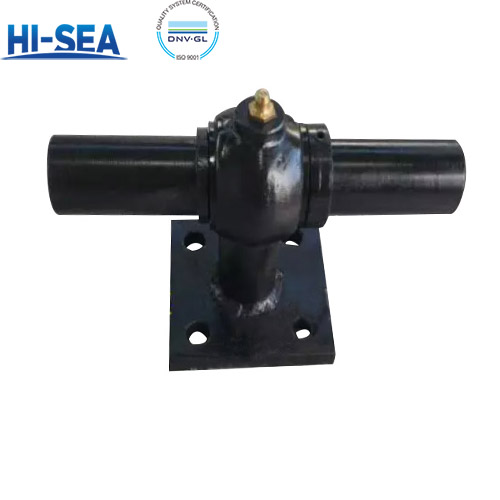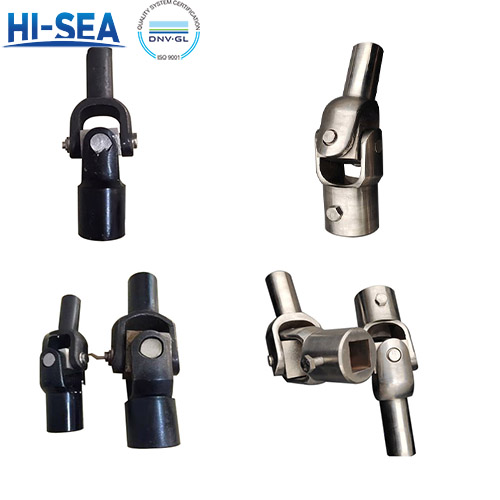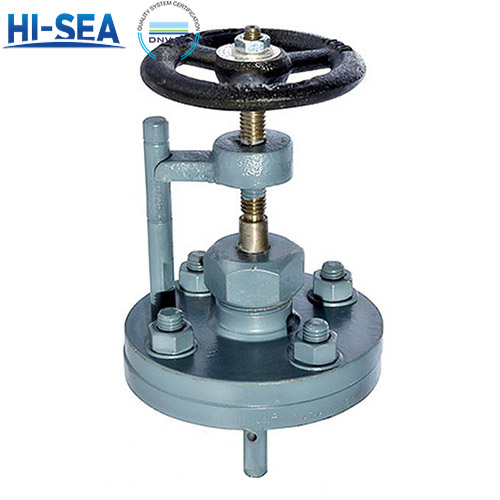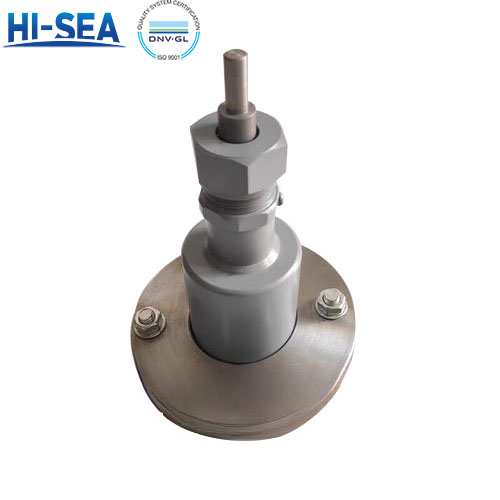
Technical requirements for the design of marine air receiver
When designing marine air receivers, it is necessary to follow a series of technical requirements to ensure their safety, reliability, and applicability.
Follow international standards: The design should comply with international standards such as ISO, ASME, etc.
Adhere to national and classification society standards, such as CCS , ABS, LR, etc.
Air receivers are usually made of high-strength carbon steel or alloy steel to ensure their strength and reliability under high pressure conditions.
Choose corrosion-resistant materials or perform anti-corrosion treatment, such as inner and outer surface coatings, according to the usage environment.
Calculate the wall thickness of the air receiver based on working pressure and capacity to ensure its safety at the highest working pressure.
Determine the capacity of air receivers based on the actual needs of the ship, with common capacities ranging from a few hundred liters to several thousand liters.
Overview
1. Marine ambient conditions:
Marine air receivers are to operate normally with the ship having a 15°heel, or 22.5°roll, or 5°trim or 7.5° pitch (where the length of the ship exceeds 100 m, the fore-and-aft static angle of inclination may be taken as 500/L, where L is the length of the ship, in m).
2. The materials used in construction of marine air receivers are to comply with the relevant requirements of CCS Rules for Materials and Welding ; if any material other than the above-mentioned is to be used, the detailed information such as mechanical properties (including values of mechanical properties used in calculation of permissible stresses), chemical composition and heat treatment is to be submitted to CCS for examination.
3. The design pressure of marine air receivers is not to be less than the maximum working pressure. For air receivers with safety valves, the opening pressure of safety valves is not to be more than the design pressure of air receivers.
4. The body construction design, arrangement of mountings and fittings, strength calculations, welding procedure specification, inspection of main manufacturing processes, and completion inspection/test for marine air receivers are to comply with the requirements of CCS Rules for Classification of Sea-going Steel Ships, approved plans and related standards.
5. Heat treatment of air receivers is to comply with the relevant requirements in Section 4, Chapter 7, PART THREE of CCS Rules for Materials and Welding.
6 Calculations for component strength, bedplates and standpipes, openings and compensation, doors for manholes and sight holes of marine air receivers are to be in accordance with the relevant requirements in Section 2, Chapter 6, PART THREE of CCS Rules for Classification of Sea-going Steel Ships.
For more marine air compressor information, please click here.





